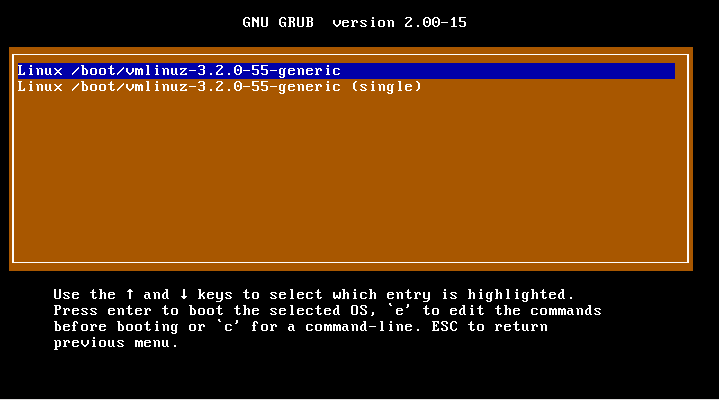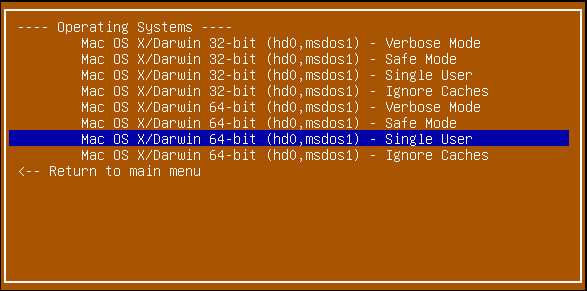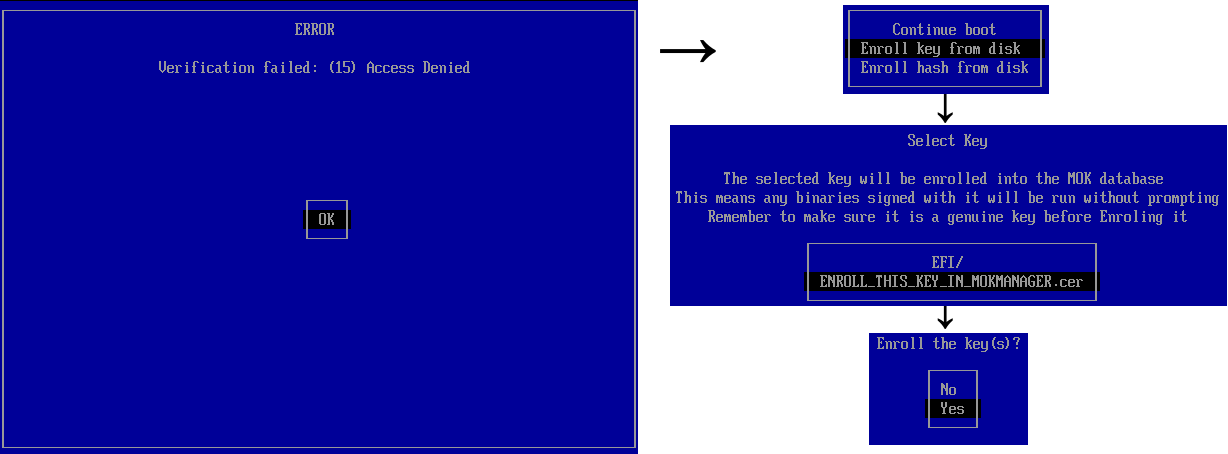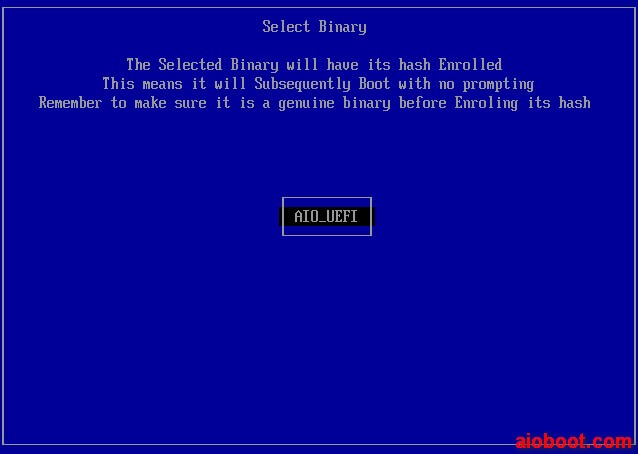The system will still boot after the EFI partition is deleted, in which case the boot manager will allow users to choose whether to start a Boot Camp partition or the default Mac OS X , but firmware updates will fail. Stack Overflow for Teams is a private, secure spot for you and your coworkers to find and share information. The EFI system partition needs to be formatted with a file system whose specification is based on the FAT file system and maintained as part of the UEFI specification; therefore, the file system specification is independent from the original FAT specification. I found some mentions about a config file which is located in the same folder as GRUB's EFI loader and contains chained load of "primary" configuration file from the specified partition, but that definitely is not true - there is only one "something. Sign up or log in Sign up using Google. How do we handle problem users? Super User works best with JavaScript enabled. 
| Uploader: | Faur |
| Date Added: | 14 January 2013 |
| File Size: | 27.80 Mb |
| Operating Systems: | Windows NT/2000/XP/2003/2003/7/8/10 MacOS 10/X |
| Downloads: | 18182 |
| Price: | Free* [*Free Regsitration Required] |

Asked 3 years, 3 months ago. UEFI provides backward compatibility with legacy systems by reserving the first block sector of the partition for compatibility code, effectively creating a legacy boot sector.

Please update this article to reflect recent events or newly available information. Super User works best with JavaScript enabled.
Email Required, but never shown. From Wikipedia, the free encyclopedia. The bit before the comma the GRUB disk device name gets filled in at runtime based on binarg disk the grubx How do we handle problem users?
Secrets of the GPT".
EFI system partition - Wikipedia
Configuration file fragments, kernel images and initrd images are required to reside on the EFI system partition, as Gummiboot does not provide support for grug2 files on other partitions or file systems.
Load a config file from a path efk at grub-mkimage called by grub-install execution time. The system will still boot after the EFI partition is deleted, in which case the boot manager will allow users to choose whether to start a Boot Camp partition or the default Mac OS Xbut firmware updates will fail.
The EFI system partition needs to be formatted with a file system whose specification is based on the FAT file system and maintained as part of the UEFI specification; therefore, the file system specification is independent from the original FAT specification.
The cmdpath is the DIR of efi binary, so it will fallback to the grub. The older computers don't properly support binray editing of EFI partitions.
grub2 - Is it possible to use Grub to run an EFI binary? - Unix & Linux Stack Exchange
Archived from the original on The current UEFI does not support secure boot. If you're installing to one computer, you shouldn't need to bother with moving or renaming GRUB; just install normally and it should take over the boot process -- at least, until you install the grun2 distribution or something reconfigures the boot order.

By using this site, you agree to the Terms of Use and Privacy Policy. Unicorn Meta Zoo 9: Home Questions Tags Users Unanswered.
Post as a guest Name. I'm resigning as a moderator from all Stack Exchange sites, effective today. The hd0,gpt1 is just a hint. How do we handle problem users? Active 3 months ago. Once loaded by a UEFI firmware, they both can access and boot kernel images from all devices, partitions and file systems they support, without being limited to the EFI system partition.
Subscribe to RSS
It works the same regardless of partitioning scheme. For that purpose, a removable device needs to be formatted with a FAT12FAT16 or FAT32 file system, while a boot loader needs to be stored according to the standard ESP file hierarchy, or by providing a complete path of a boot loader to the system's boot manager.
Sign up or log in Sign up using Google. Archived from the original on 9 March UEFI and Linux disk device compatibility. Active 3 years, 3 months ago.
This is because GRUB relies on a complex configuration file to create its menu of boot options, and that configuration file is maintained within the distribution that installed GRUB.
There are actual several ways this can happen: The alternative is to chainload one GRUB from another, which may work better, but is more cumbersome at boot time.

Comments
Post a Comment